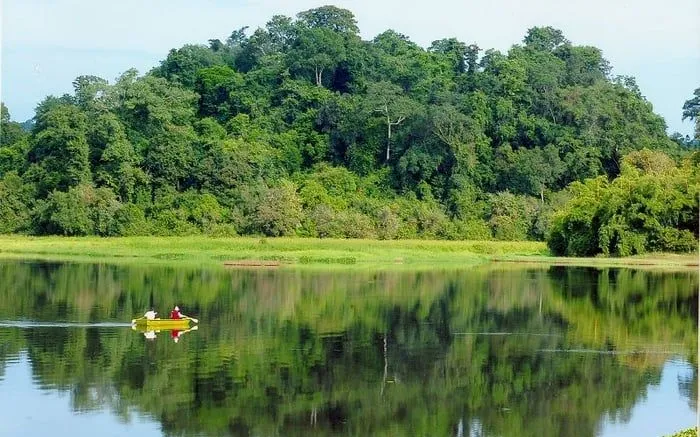
Large emitters have begun conducting greenhouse gas inventories.
Following Vietnam's commitment to achieving net-zero emissions by 2050, many localities and businesses nationwide have proactively incorporated emission reduction targets into their socio -economic development plans. Large-scale emitters have now begun conducting greenhouse gas inventories as required by government regulations.
According to the Climate Change Department ( Ministry of Agriculture and Environment ), a fairly comprehensive carbon neutrality policy system has been issued, creating a foundation for the implementation of climate commitments. Vietnam is moving towards a low-carbon economic model, applying pricing tools such as taxes and carbon credits, and preparing to operate a pilot carbon market in the 2025-2028 period.
Meanwhile, the Institute for Agricultural Environment stated that agriculture accounts for a significant proportion of total national emissions. Measures such as alternating wet and dry irrigation, the use of organic fertilizers, and the utilization of straw can help reduce methane emissions by 30-55%.
By 2029, Vietnam is expected to officially operate a domestic carbon exchange, ushering in a new phase in emissions management and green economic development.
On the local side, Mr. Nguyen Danh Hung, Deputy Director of the Department of Agriculture and Environment of Nghe An province, said that Nghe An has the advantage of being among the top 3 provinces with the largest forest area in the country, along with Lam Dong and Gia Lai. From 2023-2025, the province was selected to participate in the Emission Reduction Payment Agreement (ERPA) program for the North Central region.
Through classification, approximately 790,000 hectares of forest and more than 38,400 forest owners are participating in the program, bringing dual benefits of environmental protection and reducing livelihood pressure for people in mountainous areas.
Source: https://vtv.vn/co-so-phat-thai-lon-da-bat-dau-thuc-hien-kiem-ke-khi-nha-kinh-100251016162007197.htm








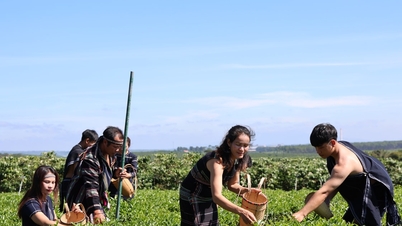



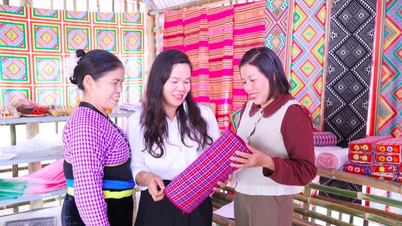



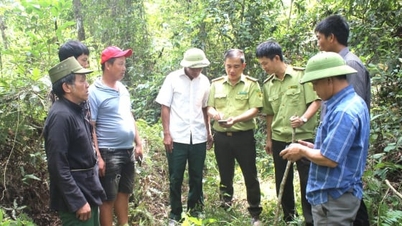

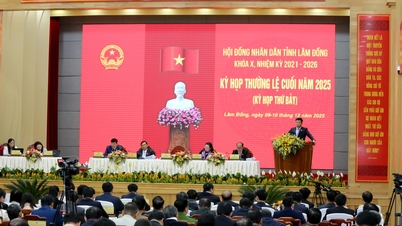


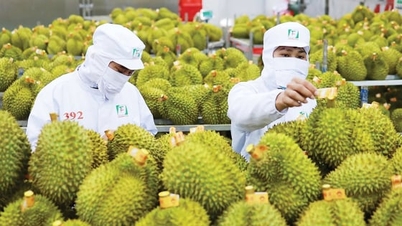

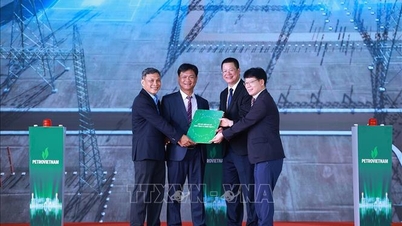

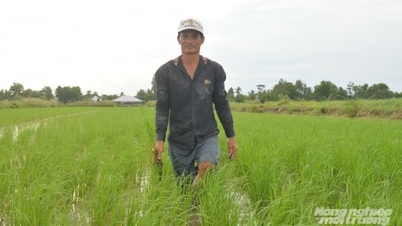





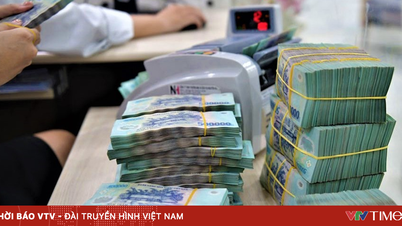
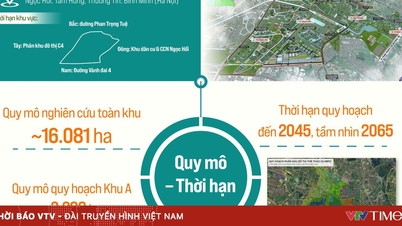

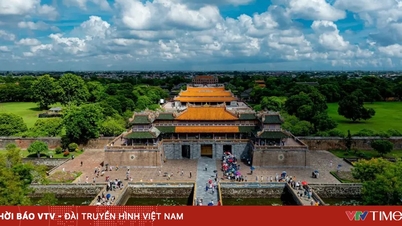
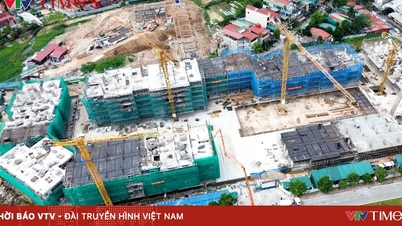
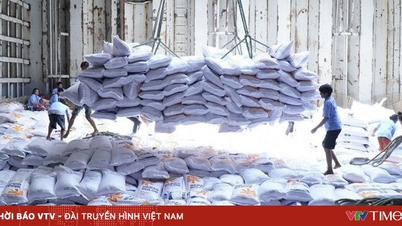


















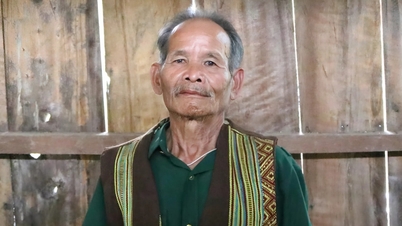


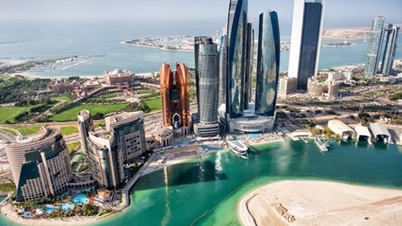






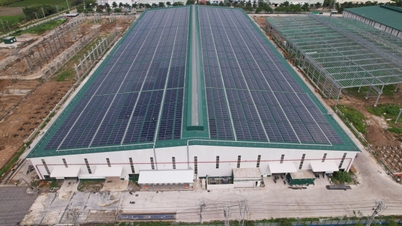






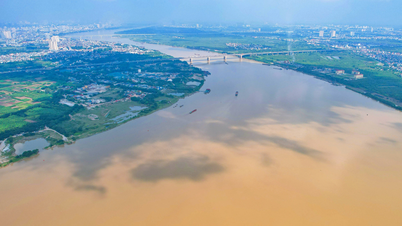




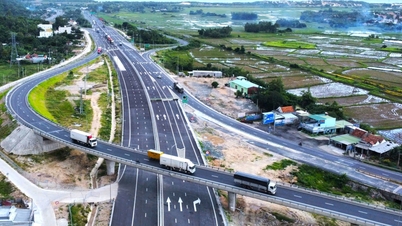
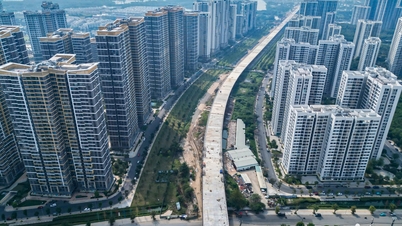

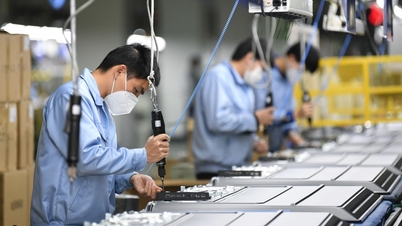




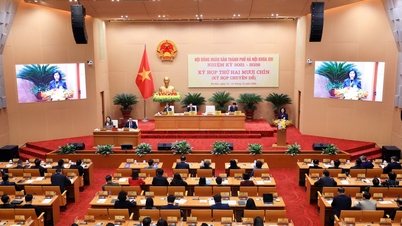




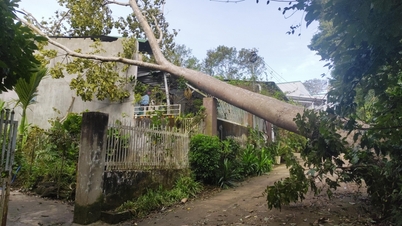

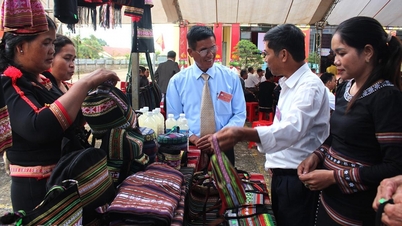
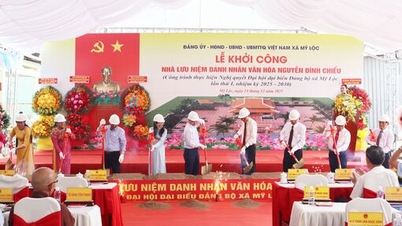



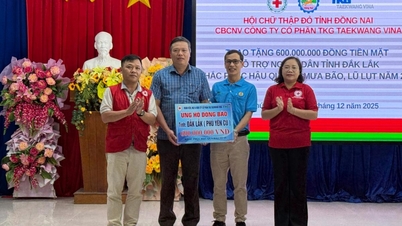















Comment (0)